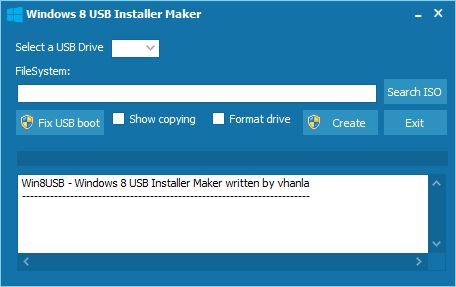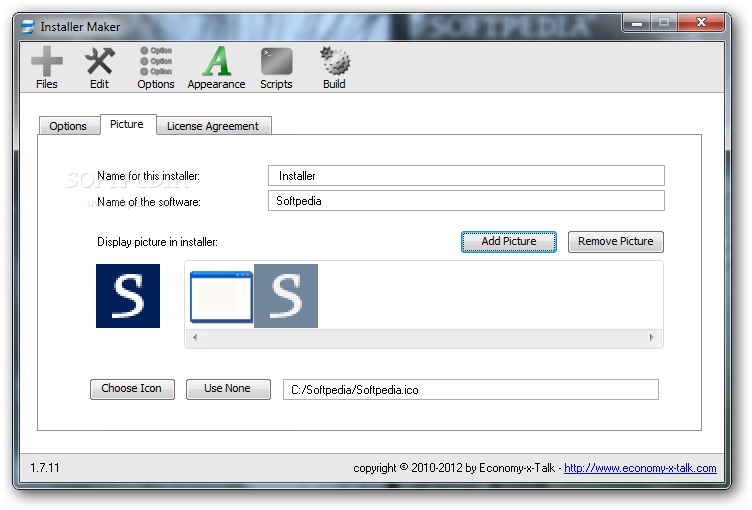

- #Installer maker in multiple folders how to
- #Installer maker in multiple folders install
- #Installer maker in multiple folders full
- #Installer maker in multiple folders license
When working in production, I urge you to store your Packages projects and user interface (UI) assets in folders that are under source control. The three files I just discussed can be found in the UI_Assets folder with these names: rtfd), both of which can be created with an editor like macOS’s builtin TextEdit app.
#Installer maker in multiple folders how to
I don’t need to tell you how to create a text file or rich text file with images (. I’ll just show you how to add such files to a Packages installer.
#Installer maker in multiple folders license
Our installer will have a splash screen, “readme” file, and a license agreement, all contained in three separate files in my downloadable. Preparing the environment and metadata for your installer I urge you to use his app and, by doing so, support his efforts.
#Installer maker in multiple folders full
Full disclosure: I have no personal or financial relationship or interest with Packages’ author, Stéphane Sudre. I believe Packages is the best app for creating installers for macOS. Please keep in mind that this excellent tool is freeware. The latest version at the time of writing this tutorial was 1.2.9.

#Installer maker in multiple folders install
Open the file you just downloaded and follow the onscreen instructions to install Packages. Get Packages installed on your Macĭownload the latest version of Packages from this link and install it on your Mac. After downloading it, extract it to a convenient folder on your Mac. You can download my sample Packages project and associated assets, required for getting the most out of this tutorial. While Packages is a very intuitive tool, if you’ve never used it before and/or never built an installer, it’s best to start with a tutorial like mine herein so you know what to expect, get an idea of the general workflow, and learn how to “build” (generate/compile) an installer, a. Would you care about a solution that would not do that?” I care about and use Packages. Building “bundle” installers is beyond the scope of this article.įinally, did you know that “Packages’ distribution is built using Packages.

You’ll see how, despite the fact that my Packages installer project is composed of multiple files, the final. In this tutorial, we’ll only talk about a “flat” installer, in other words, our distributable will be one single file with a. I’ll use the terms “package,” “installer,” and “distributable” interchangeably herein. pkg) is an app that installs another app - plus a few optional dependencies. Packages can be used to deliver a variety of assets to any number of Macs, but this tutorial will concentrate on building a distributable that installs a macOS app onto a Mac, MacBook Pro, MacBook Air, etc. Specifically, I’ll be discussing a technology called “security-scoped bookmarks.” Please check my column here on AppCoda for Part IV. In my second tutorial, I examined the app sandbox and then built an app that, whether sandboxed or not sandboxed, could read and write outside of its container - and could be sold and distributed either outside the MAS or through the MAS, both with Apple’s blessings.įinally, in Part IV, I’ll guide you step-by-step through the process of “remembering” a user’s intent regarding access to system resources that Apple considers vulnerable to attack by malicious software. In the first tutorial in this series, I built a non-sandboxed app, discussed certificates, signed the app, notarized it, briefly talked about building an installer, signed and notarized the installer, and lastly touched on distribution of the app installer. This is the third part in a four-part series of tutorials comparing the differences between distributing macOS apps inside and outside of the MAS, comparing sandboxed and non-sandboxed apps, and considering app security.


 0 kommentar(er)
0 kommentar(er)
